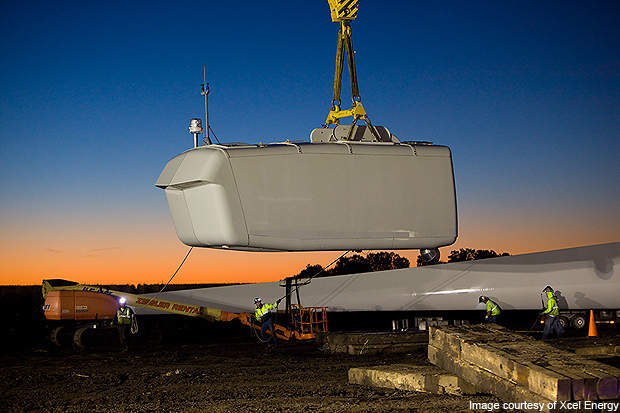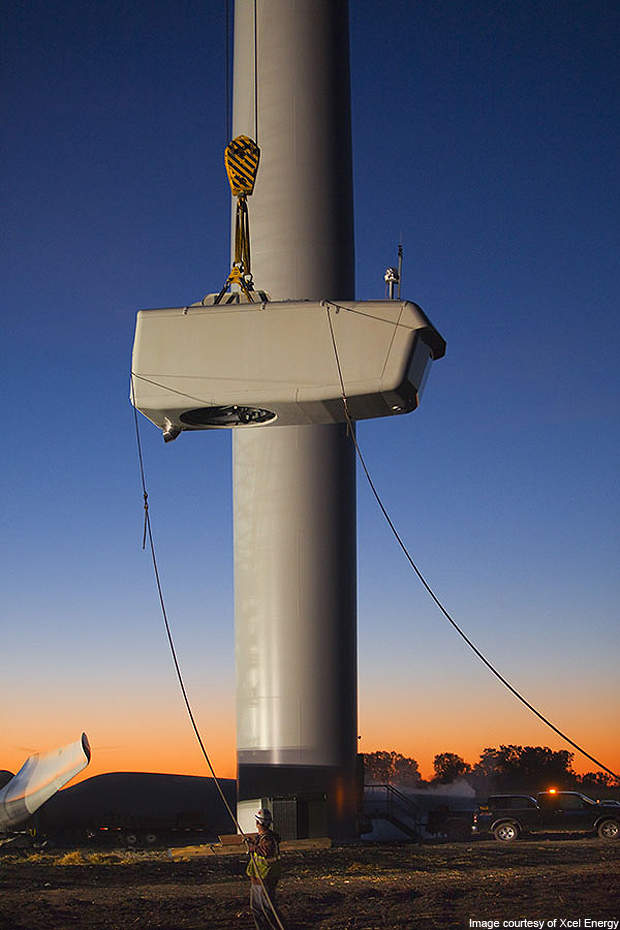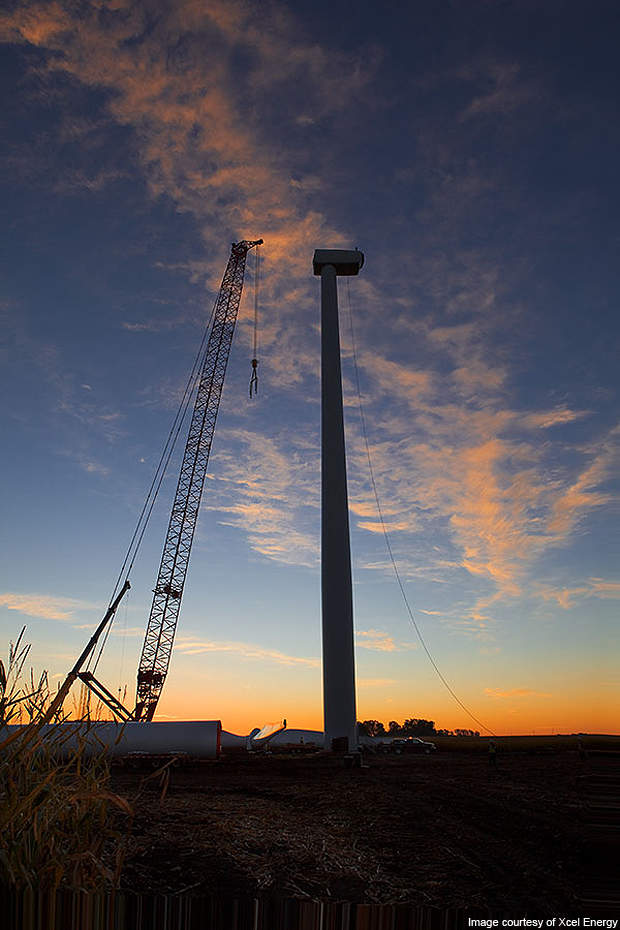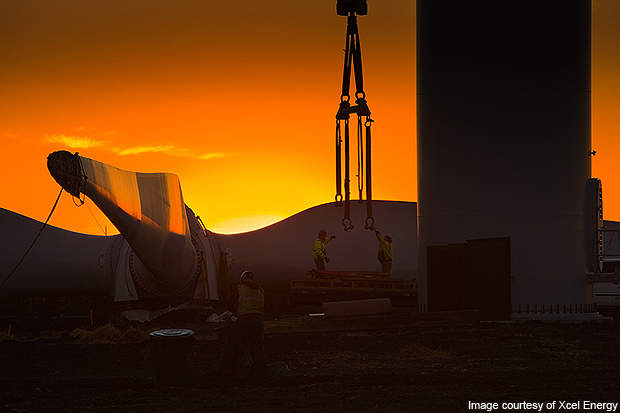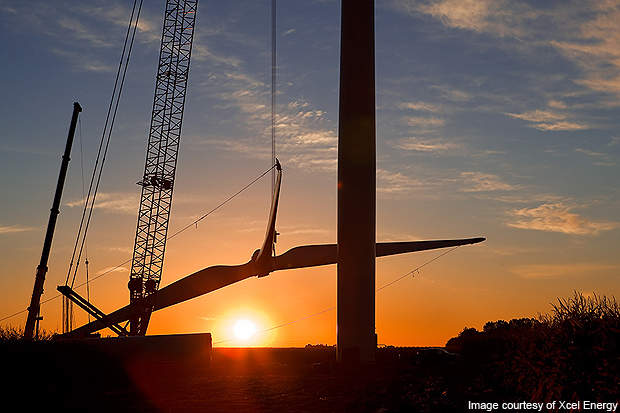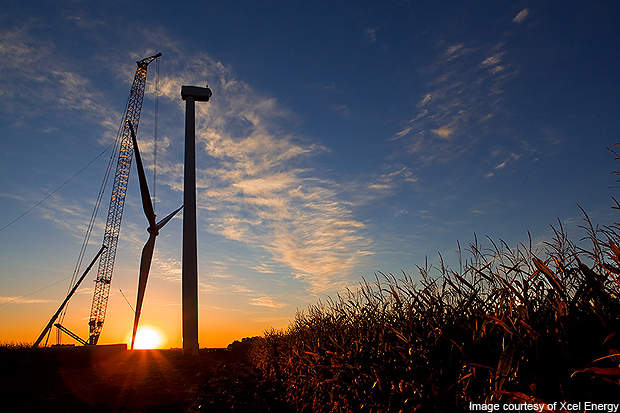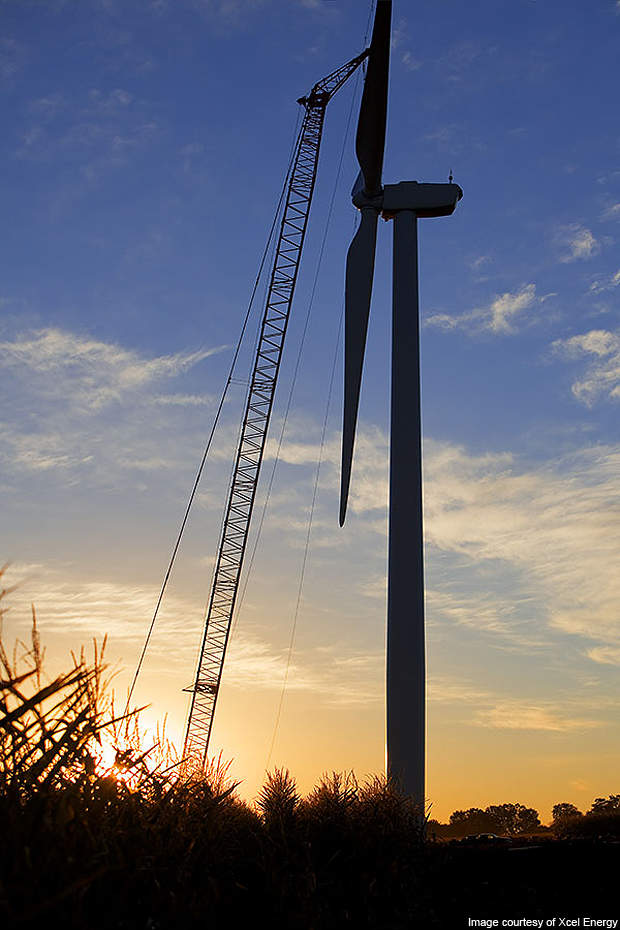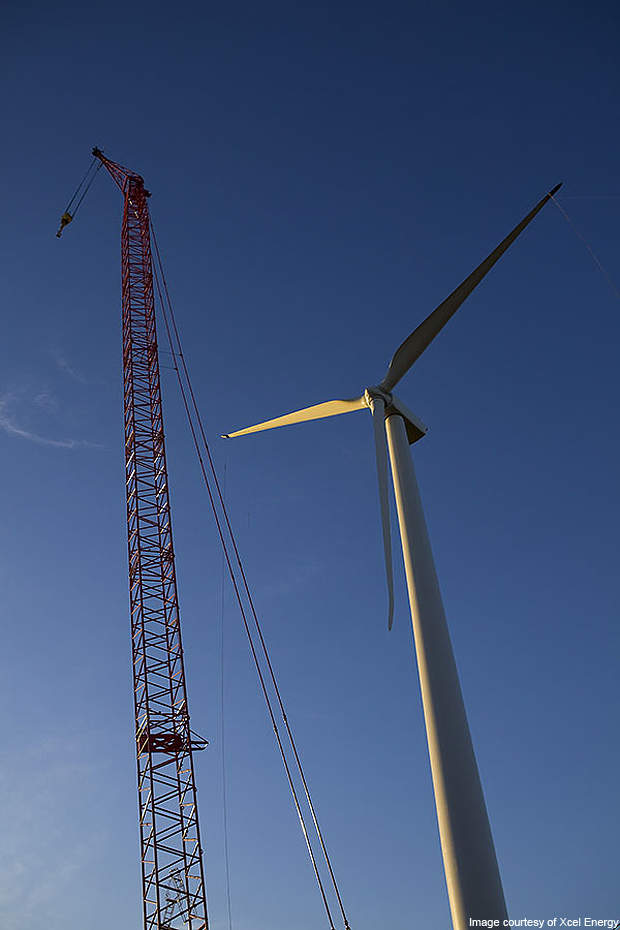Nobles Wind Farm is a 201MW wind power project being developed in Nobles County in south-west Minnesota. It will be the second largest wind farm in terms of power generated in the region, the first being the 205MW Fenton Wind Farm.
The project is owned by Northern States Power Company, Xcel Energy. The $500m project was approved by the Minnesota Public Utilities Commission in May 2009. It broke ground in April 2010 and is expected to be completed by the end of the year.
The project complies with the Renewable Energy Standard executed by the Minnesota Legislature in 2007.
The act also requires the company to generate 30% of the state’s retail sales from renewable sources by 2020.
Electricity generated from the wind farm will be sufficient to power 50,000 homes. As of October 2010, 75 turbines were completely installed and 40 of these were commissioned and connected to the grid.
Project details
The wind farm is being constructed in a 49m² agricultural land spread across the townships of Olney, Dewald, Larkin and Summit Lake. It features 134 GE 1.5MW wind turbines.
Each turbine is 388.8ft tall and has a rotor blade measuring 252.6ft. The rotor sweep area is 4,654m².
The turbine strings are connected to a centrally located sub-station through an underground collector cable that is laid at a nominal depth of 48in. A non-degradable warning tape will be installed 12in above the collector cable. Five permanent meteorological towers will be built to check the wind speed at a hub height of 80m.
The project includes construction of 134 foundations, a 33 mile long and 16ft wide access road, 86 miles of collection systems and a switchyard to provide power to the sub-station. The site requires buoyant foundations to accommodate the high water table.
The wind farm will also house an operations and maintenance building to monitor and control the power station.
Development
The project is being developed under an engineering, procurement and construction (EPC) contract awarded to California-based EDF Energies Nouvelles Company, enXco. Xcel Energy and enXco signed the Wind Power Purchase and Sale Agreement (WPPSA) in March 2010.
Minneapolis-based Mortenson Construction is constructing the wind farm under a sub-contract. It is the 17th wind power facility that is being constructed by the company with its long-term partner enXco. It is also the second project that the partners are constructing for Xcel Energy.
Grid network
Power from the turbines will be transmitted to the Nobles County sub-station via a 34.5kV long transmission line.
Technology
The GE 1.5MW turbine features hydraulic parking brakes, a three phase asynchronous generator and a spur gear system. It also features a lightning protection system that includes lightning receptors and surge protection options. The receptors are situated at the tip of the turbine blades.
The turbine control system includes special features such as programmable logic controllers and a remote control and monitoring system.
The 1.5MW turbine generates 1,500KW at a wind speed of 12m per second. It has a wind cut-in speed of 3.5m per second. The cut-out speed varies with time. At an average time of 600 seconds, the turbine cuts wind at a speed of 25m per second while it is 28m per second for an average time of 30 seconds.
The active-pitch controller technology used by the turbine rotor optimises wind energy capture at different operating wind speeds. It also minimises the risk of damage caused during peak loads associated with large stall-regulated rotors.
The pitch angle is held constant during partial load. It can, however, be adjusted to achieve constant output when the rated wind speed exceeds.
The gearbox has a three-stage planetary design with a ratio of 1:72. The elastomeric bushing around the gearbox reduces noise levels. It is housed in such a way that all the static and dynamic forces are transmitted directly into the tower structure via the yaw system.

